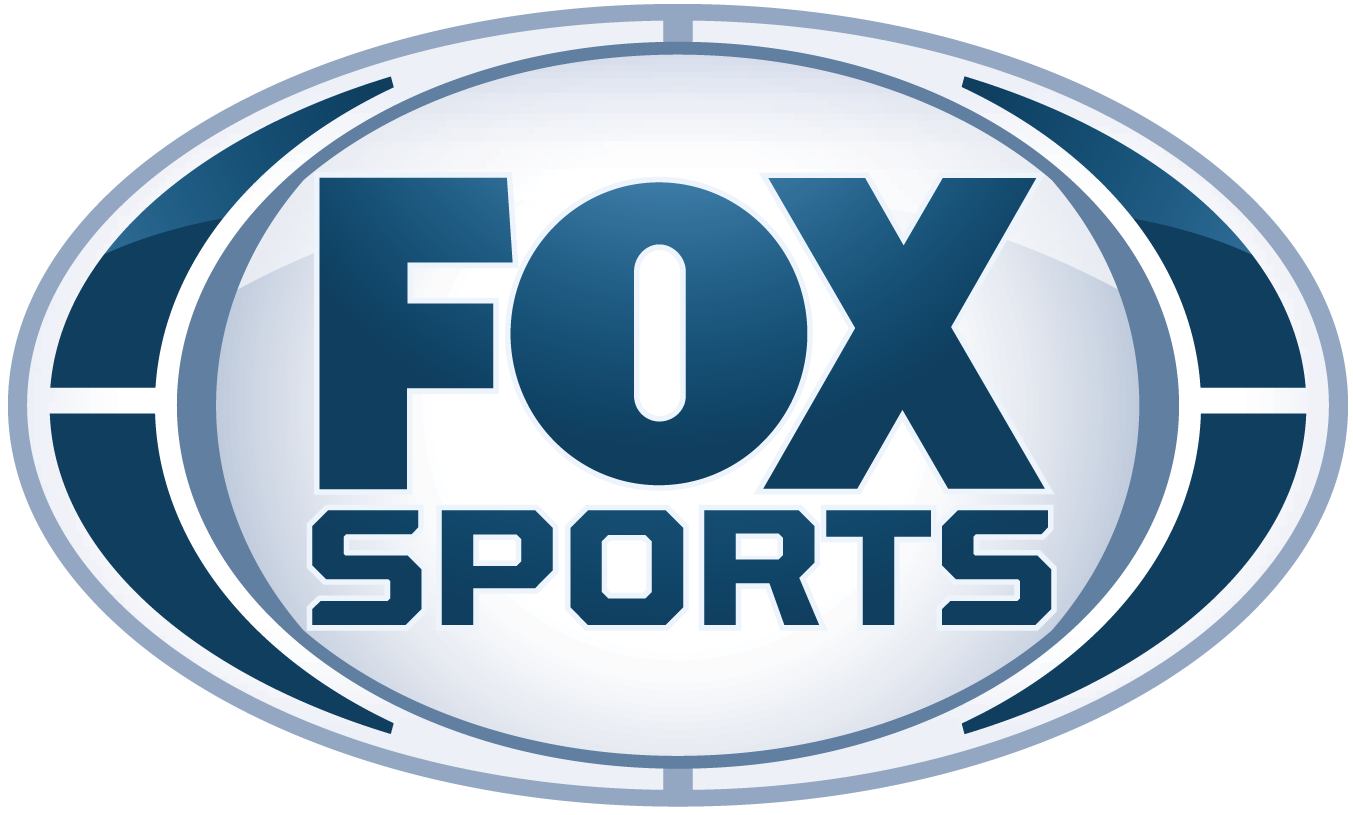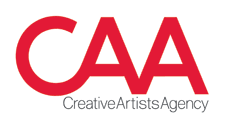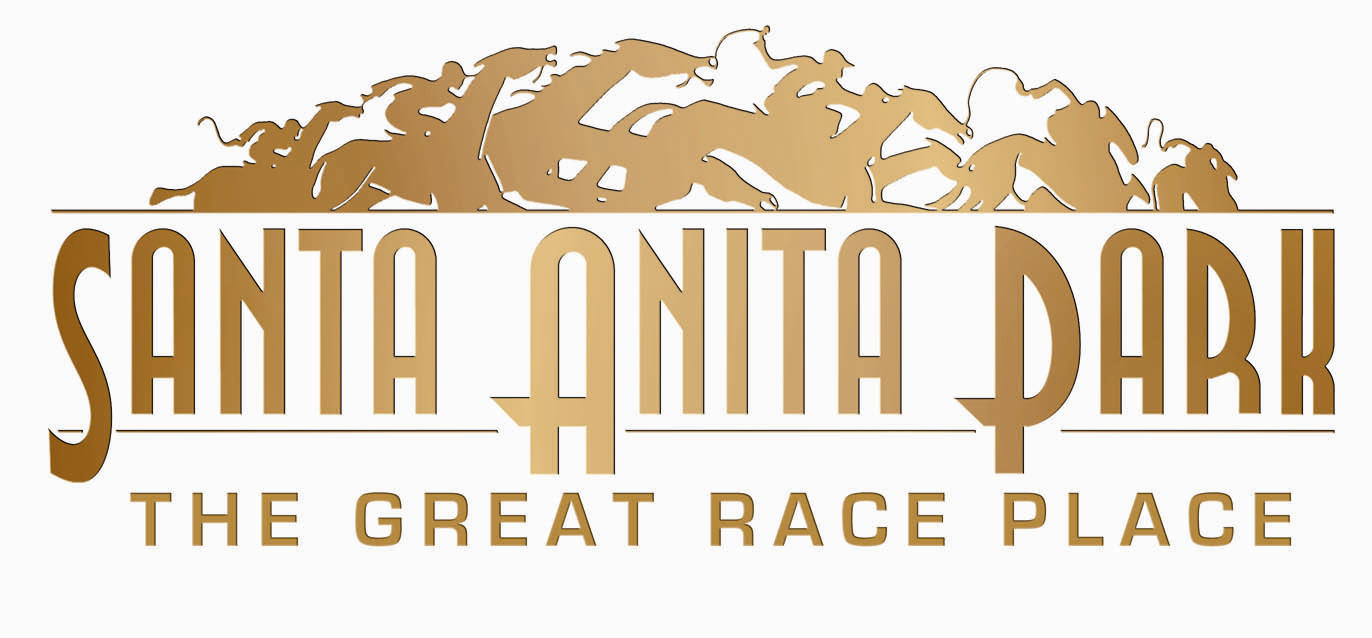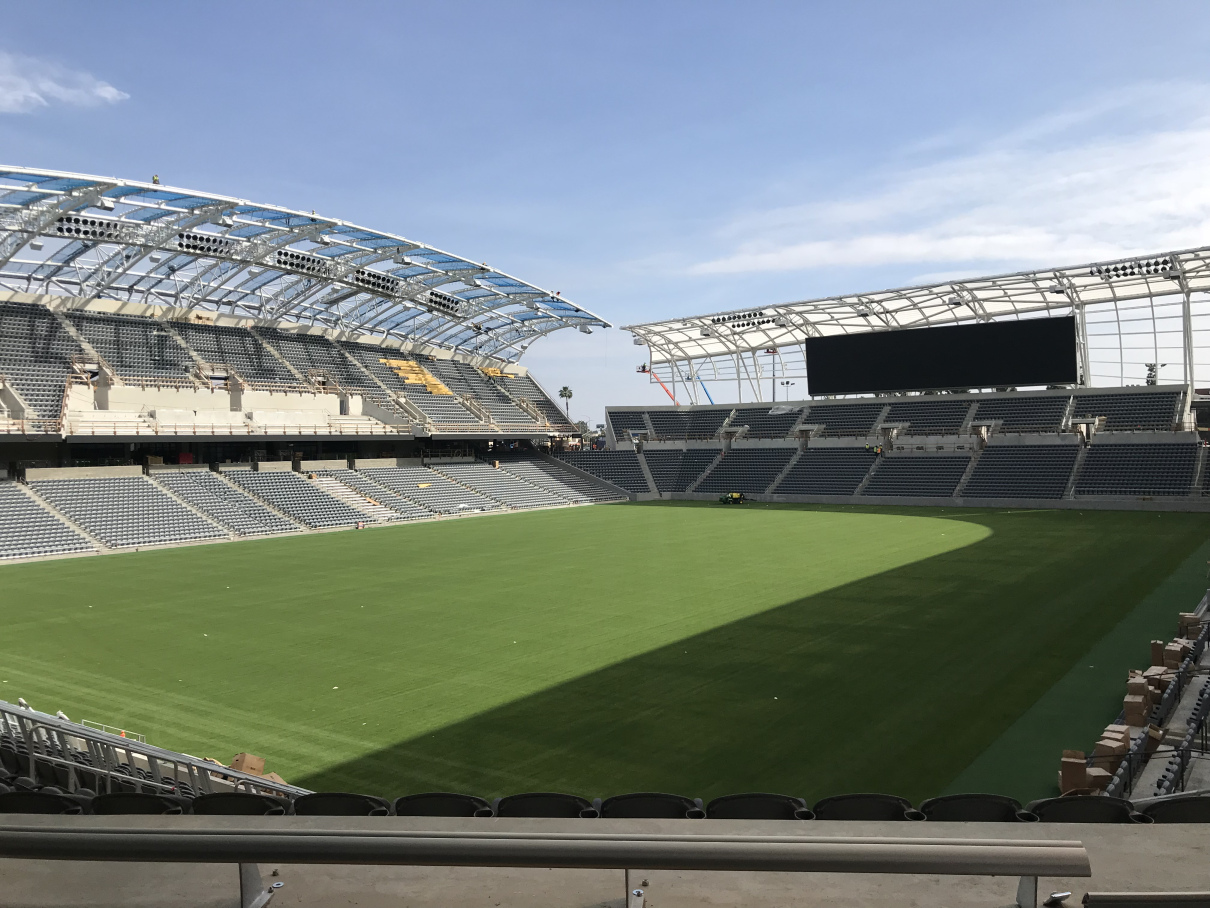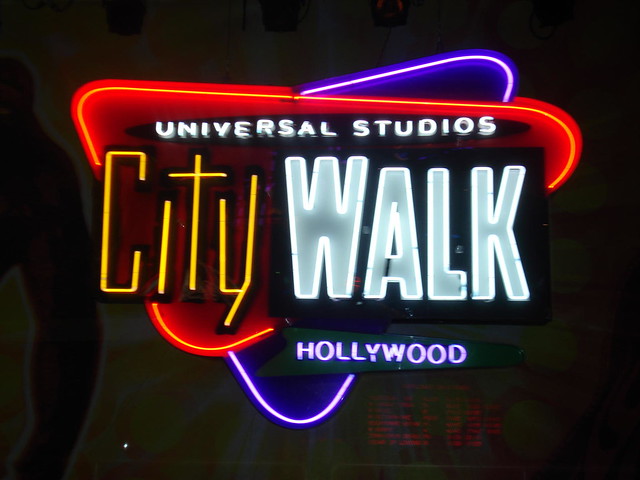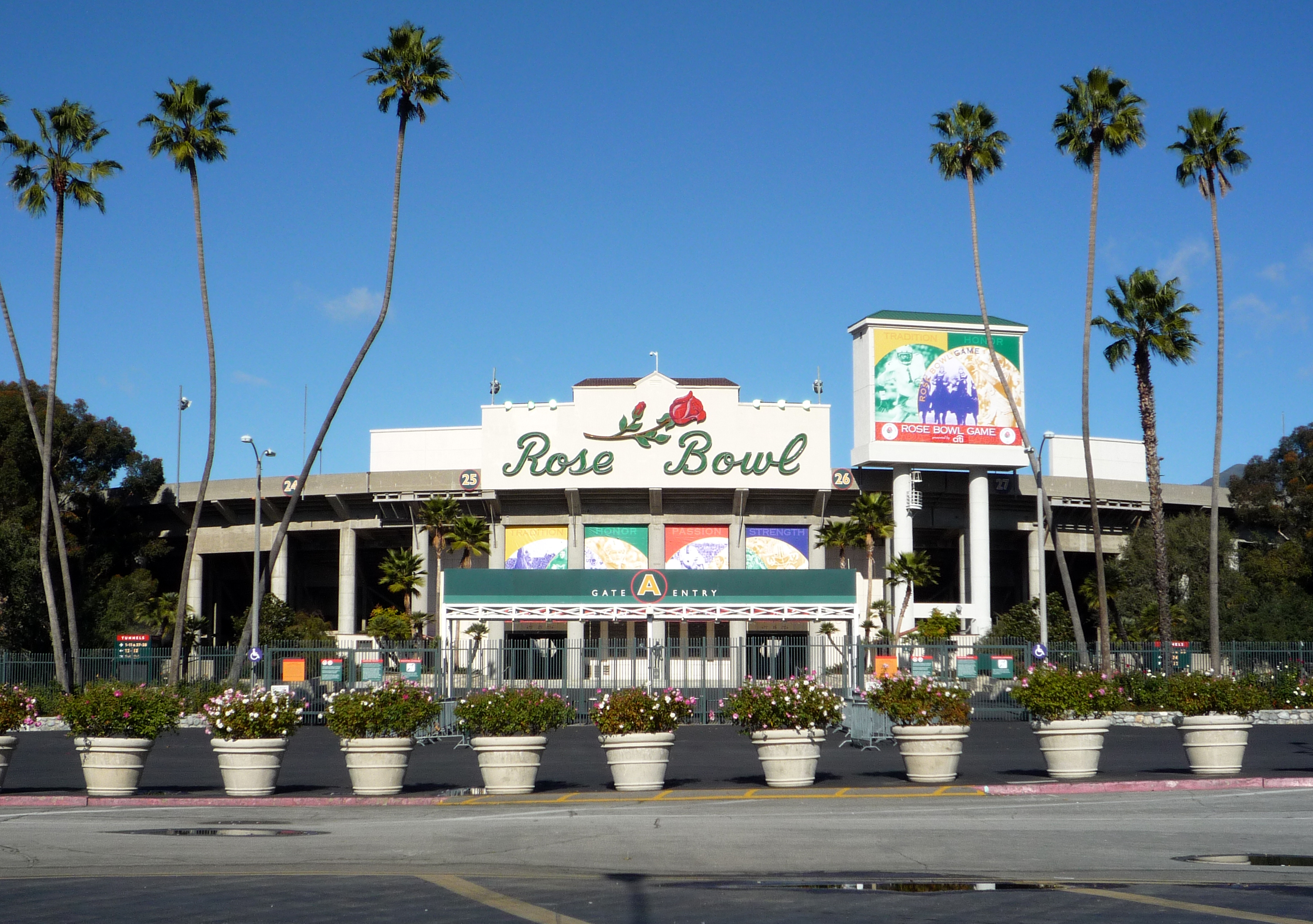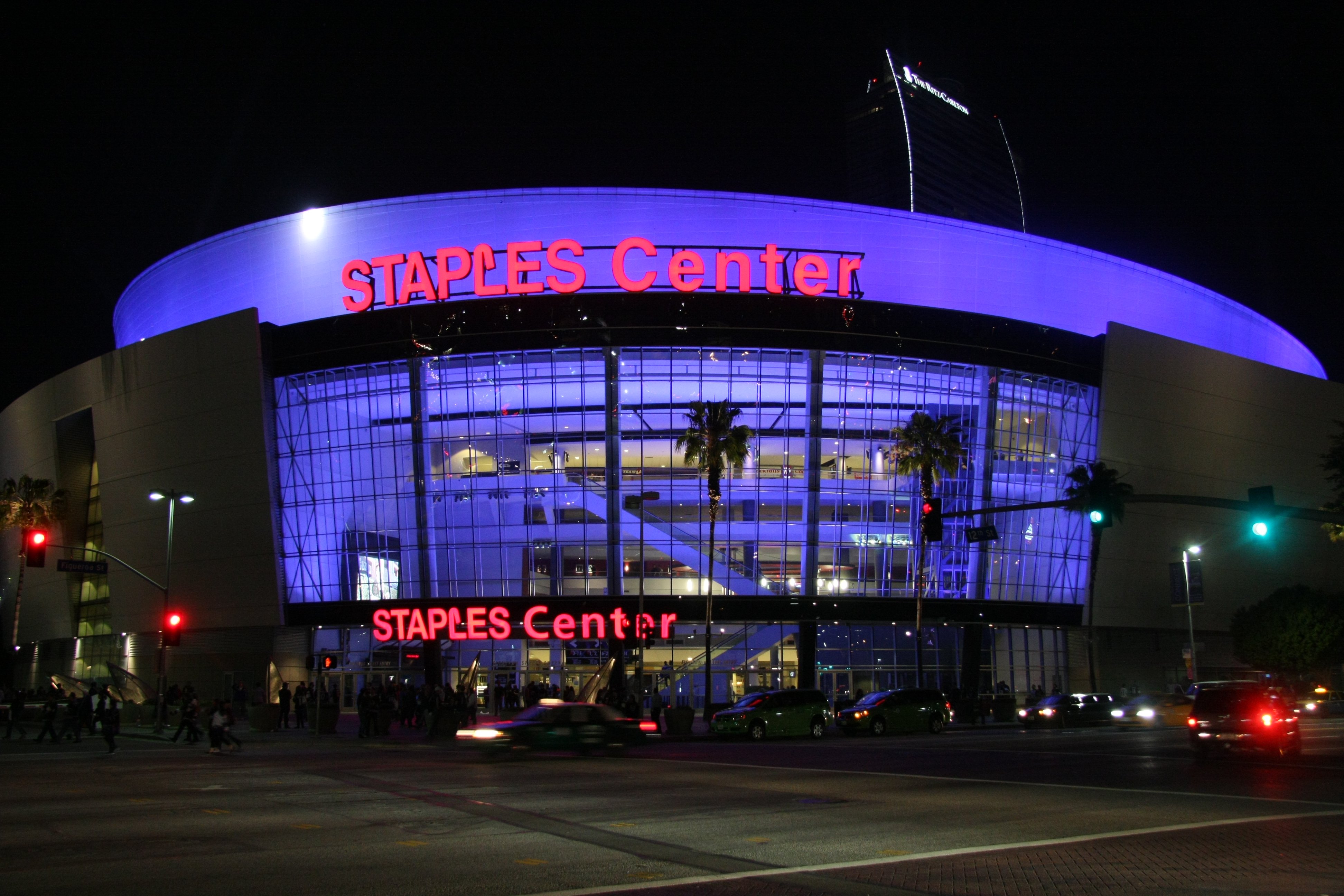By Aaron Cohen & Faith Porter
On our last full day in the city of angels, we started our day with a 6:50 am departure from the Garland Hotel in North Hollywood. Our day began with sitting in Los Angeles traffic on the 101 before entering the Sepulveda pass. We headed over to Westwood one radio in Culver City, California, to meet with Howard Deneroff.
Westwood One
To start our final day on the trip, we went to the famous Westwood one sports studio. We met with executive producer Howard (Howie) Deneroff and Art, who ran the soundboard. Right when we entered the building, Howie rushed us into his studio to witness his production of the NCAA pregame show. Immediately you can sense the chemistry between Art and Howie as they communicate quickly. The second Howie says an audio cue Art had it ready to play. If there were any confusion between them, they would clean it up with a simple clarifying question.
Howie as a producer, was working on a 32 Key Intercom Panel which allowed him to communicate with multiple TV studios radio hosts all at once in an organized way. He would direct all the information traffic in and outside of the studio, even coordinating with a radio host working from home due to COVID 19 protocols. One of the most exciting things to witness was them in crisis management as Doug Gottlieb, one of the primary radio show co-hosts, was stuck in LA traffic and late to arrive at the station. Howie would use filler audio and have the other co-host, Jason Horowitz, take callers to fill the time till Doug arrived at the station.
When the day’s first game started, Howie directed Art to play the game audio, and this was how we began to watch what Howie called the “NFL Redzone of March Madness Radio.” When that first game went to commercial, he would either overlay the main broadcasts commercials with their own or switch to a new game broadcast. Howie and Art would need to execute these maneuvers with expert precision down to the second. Otherwise, the broadcast would sound sloppy and unprofessional.
At the end of our visit at Westwood, one Doug Gottlieb came out of the studio to greet us and ask us questions about our career. He gave us great advice about the industry and how to further progress in our areas of interest. Overall, our trip to Westwood one was very eye-opening to the world of sports broadcasting and how the business operates inside and out.
Legends
Our time at legends was insightful into the world of providing premium experiences and holistic solutions to sports and entertainment venues and organizations. We met with a panel of four employees, Andy Szabo Director of Global Partnerships, Corey Breton CRO of Global Attractions, Leshonda Mchale, Natasha Russ Regional Director of Human Resources.
Hearing from the legends employees was incredibly informational regarding how they are involved in many different industry segments, allowing their company to stand out. Through their 360-degree service solution plan, they can find potential partners and partner needs to ensure they can provide that specific need for them, providing the best fan experience possible.
The atmosphere at legends was laidback and lowkey while keeping a professional work environment at the same time. Watching the interaction between the panelists was insightful to the culture of legends. We witnessed their genuine relationships with one another through how they spoke to each other.
Regrouping at the bus after enjoying the starting point of the Los Angeles Marathon, we were on our way to enjoy a California staple, in-n-out. For most of us, it was our first time eating in-n-out, which brought upon the great debate of which popular burger joint on the east coast or west coast was better: Shake-shack or In-n-out. Once everyone had their food, we got back onto the bus and drove the short distance back to the Garland, where we had around two hours of free time to do as we pleased before meeting up for dinner later.
LA Marathon
The final organization we met with on the trip was the LA marathon run by the McCourt Foundation. We went to witness the new non-profit organization’s “footprint,” which included an ASICS store, The Partnership Expo, and the marathon bib pickup booth. Murphy Reinschreiber, The Chief Operating Officer at The McCourt Foundation, greeted us at the front gate and gave us a tour of the”footprint.” He then took us to the hospitality tent, where he discussed the excellent foundations the LA Marathon has partnered with.
The first foundation was Students Run LA, a charity that gets local high school dropouts back on track in school by having them pursue a passion for running after their studies. This foundation has been wildly successful in the time since its founding, affecting 3200 students each year. Another amazing thing we learned that the LA marathon does is the “26th-mile run” for children K-5. The “26th-mile run” is an event where kids run the last mile of the marathon together to support the program “beyond the bell,” which helps children learn about nutrition, physical health, and well-being. Murphy called the event “one of the coolest things to watch at the entire marathon.”
After meeting with Murphy and learning so much about the LA marathon, we were given time to explore the “footprint” and interact with the brands sponsoring their products at the event. Everything from energy drinks to vegan replacement meat offered free samples of their products to people who came to pick up their marathon bib. There was a clear demographic of people who attended this event, and so the products on display reflected that. Most things at the Partnership Expo were about nutrition and physical activity.
Overall, the LA Marathon was a great place to finish up this fantastic trip. It displayed unique things the other 23 organizations we visited have not shown us, such as the challenges of being a new non-profit organization during the pandemic. This is definitely an event I want to attend in my future trips to Los Angeles.
Miceli’s
We went to Miceli’s, a local Italian restaurant right down the road from the Garland Hotel, for our final dinner of the trip. Micelli’s provided a fun, family-friendly experience for all of us through its delicious food and live music. We enjoyed our last meal together with each other’s wonderful company entertaining each other with laughs and wonderful company. While enjoying our meal, we participated in the live signing by joining in and adding our beautiful voices into the mix. At the end of our meal, we took a group photo with Professor Veley, Lisa, and Raul to document our final moments together.
On our way back from Miceli’s, we took part in an SPM LA Immersion trip tradition, a group sing-along to Don’t Stop Believing by Journey on our short journey back to the Garland Hotel. Jamming out to the song, we positively enjoyed some of our final moments as a group through our laughter, dancing, and slightly tone-deaf singing. We ended the ride back on a bang listening to Allie Rosen rap Miami by Will Smith.
As we wrap up our time in Los Angeles, we reflect as a group on the amazing, unique, and once-in-a-lifetime experiences we took part in these last seven days. Despite the hectic and quick-moving schedule, we took something unique from each organization, person, and/or venue we visited or met with. We greatly appreciate Professor Veley and Lisa dedicating their time to us this past week to ensure this experience went off without a hitch. Without them, this trip would not have been possible, so from each one of us; we extend our gratitude and thanks.









